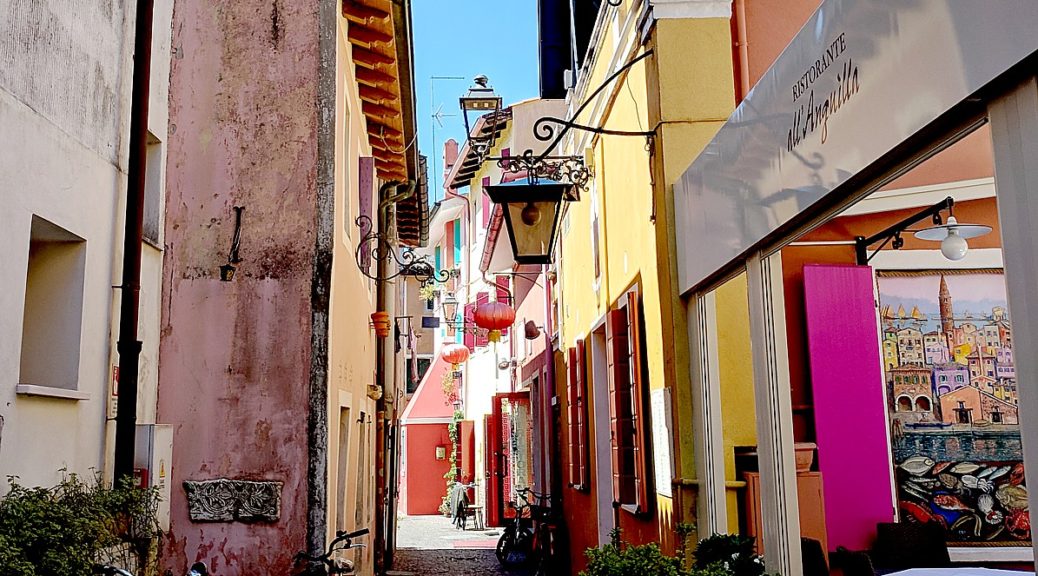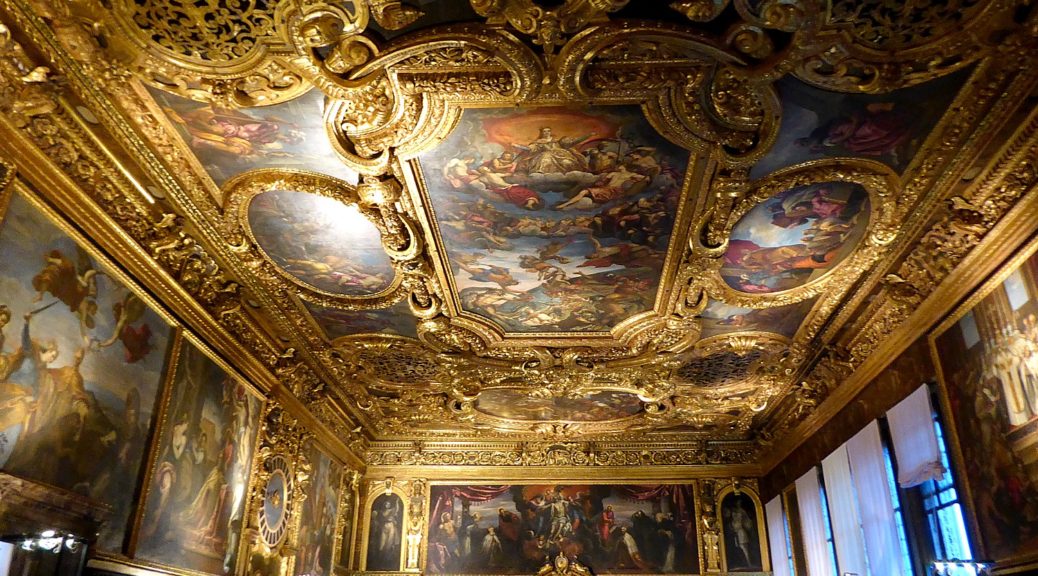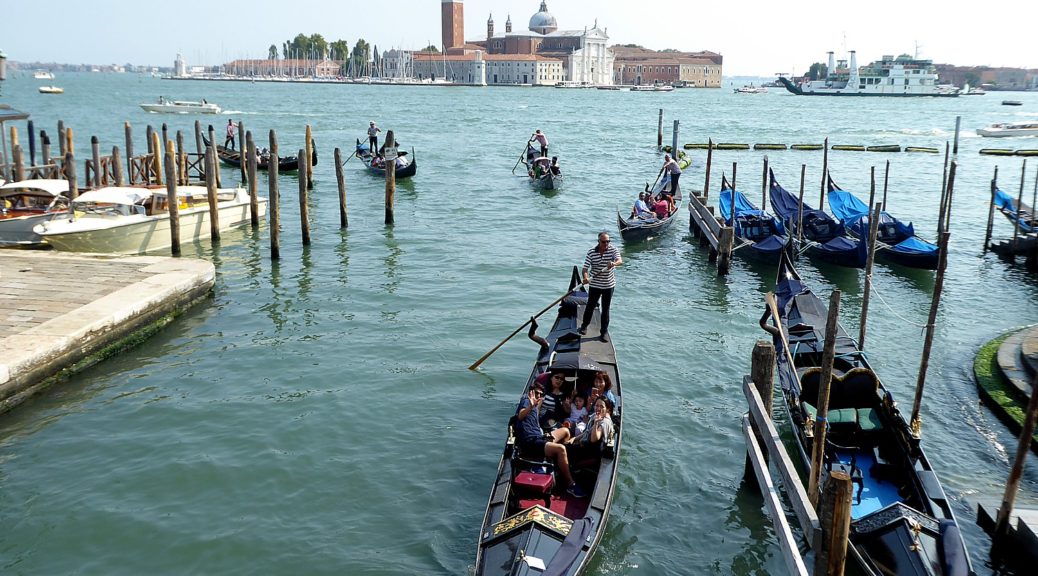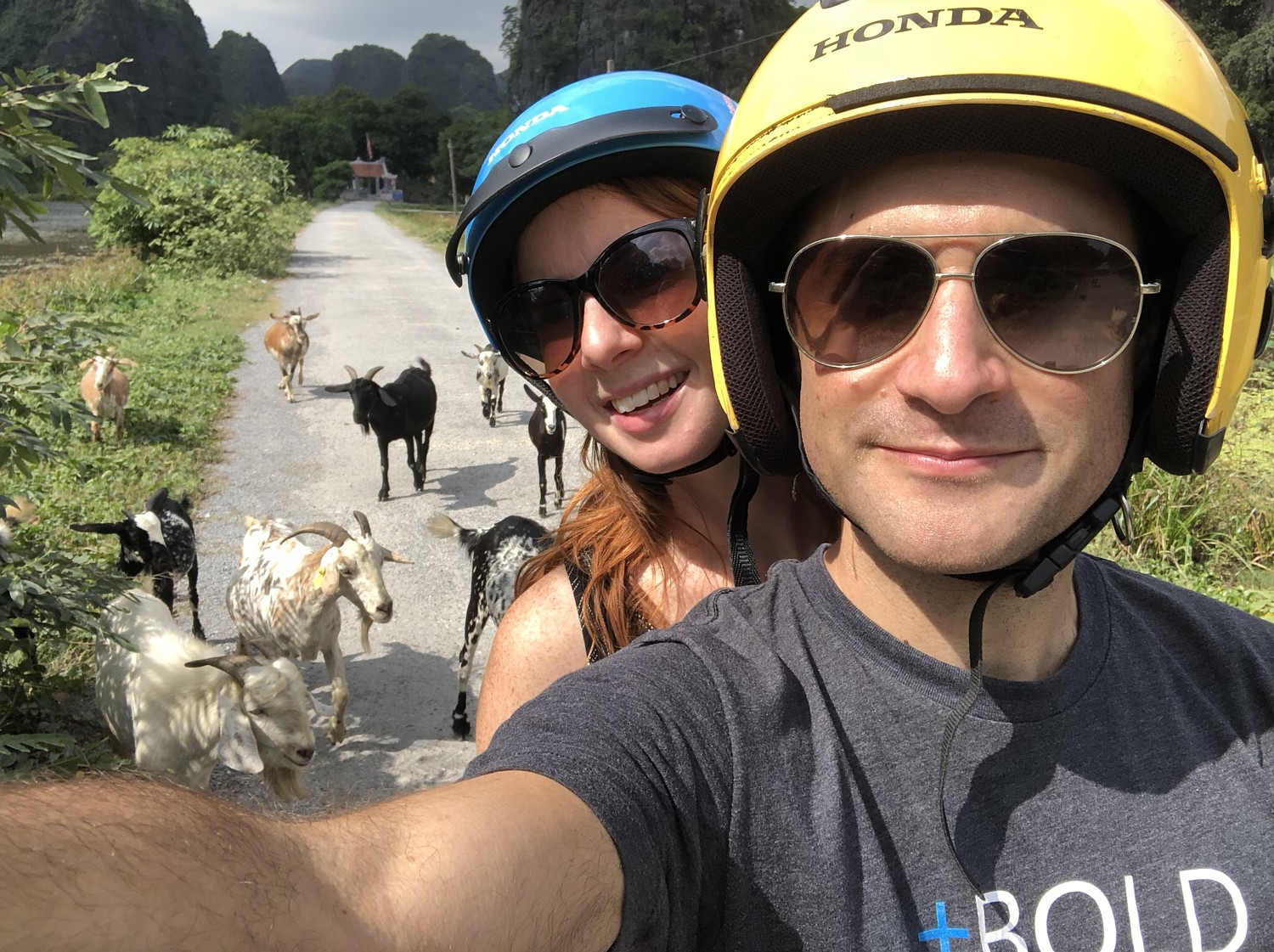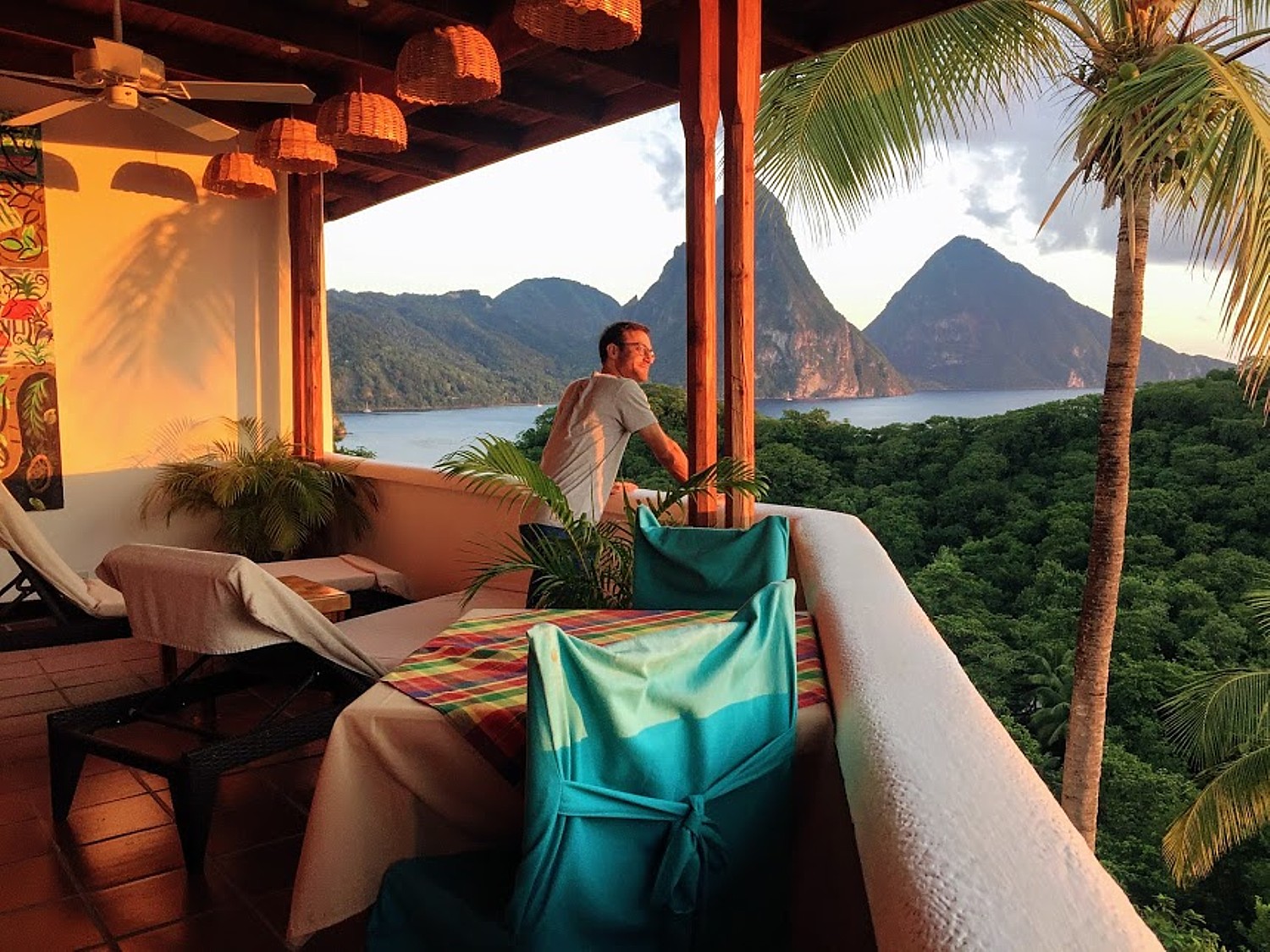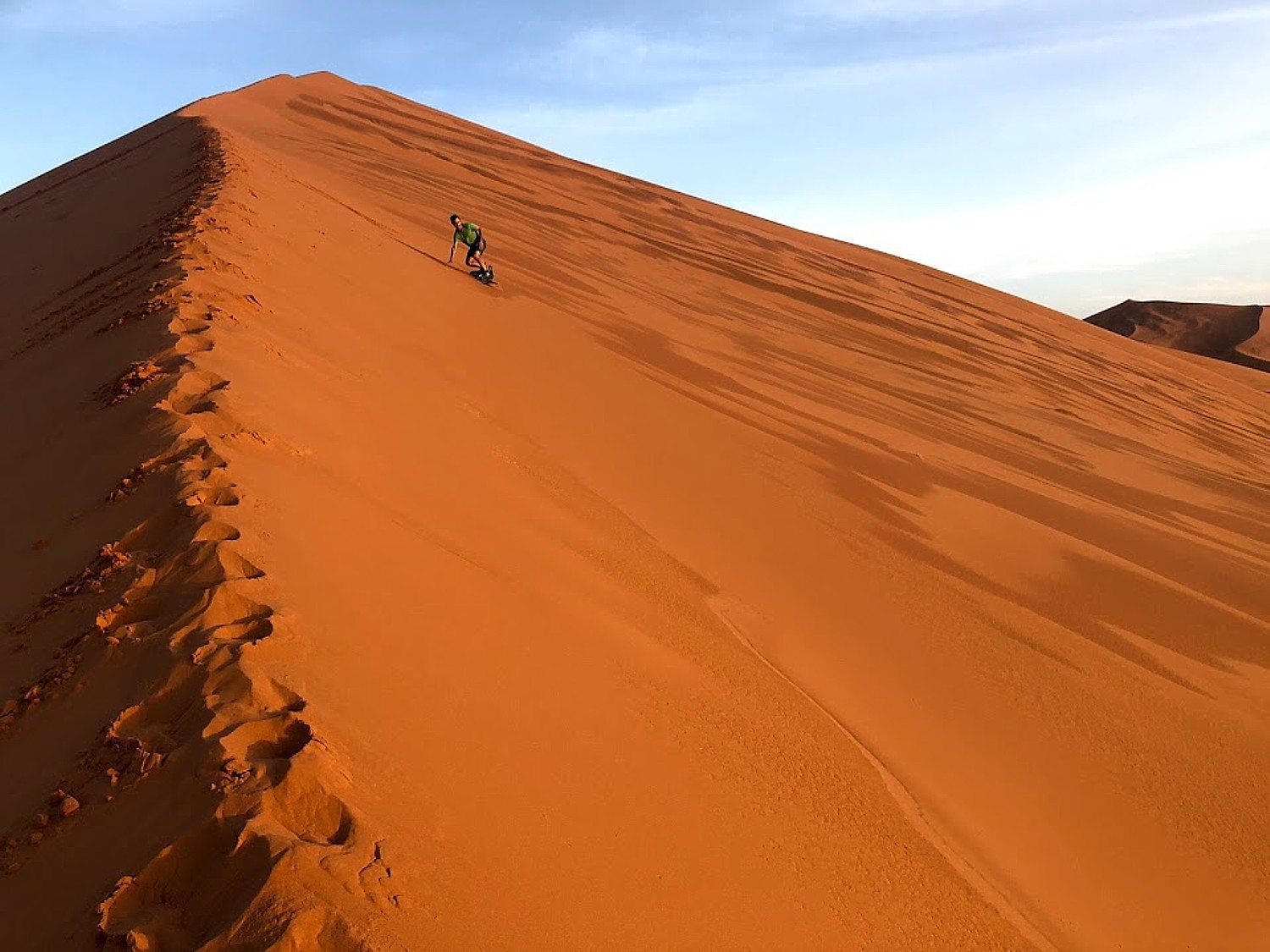
By Karen Rubin and Eric Leiberman, Travel Features Syndicate, goingplacesfarandnear.com
Today’s ride, Stage 5 from Trieste, Italy, is relatively short – a choice of 21 or 40 miles to Portorose in Slovenia. The shorter version involves taking a ferry from Trieste across the bay to Muggia in Slovenia, the “Istria” part of our Venice-Trieste-Istra eight-day self-guided biketour.
We take the longer way, and are thrilled not to miss the seacoast. The route is predominantly on cycle paths through well-known seaside resorts like Koper (Capodistria) and Izola (Isola d’ Istria), to Piran (Pirano) or adjacent Portorož (Portorose), a spa resort on the Slovenian Riviera.
(I contemplate taking the ferry which possibly would have enabled us to spend more time exploring Trieste, or even better, possibly backtracking to the Miramare Castle which we missed by taking the “hinterland” route, but decide to press on.)
Of course, what went down into Trieste must come up. But, after a really steep city street we climb (I walk, Eric breezes up) and following some convoluted directions (the cue sheet warns the turn is easy to miss, so of course I miss it and have to find Eric on the map he has put on my phone, reaching him using HangUp), we get onto a bike trail that has a much more gentle rise more typical of a rail-trail that we don’t mind at all. Soon, we are looking down at wonderfully scenic views, biking across a biking/pedestrian bridge.
We have these sort of rolling ups-and-downs but nothing too taxing. (Anthony, the FunActive guide, had mentioned an even longer “hinterland” alternative route which passes along the valley “Rosandra” in the back country, but I’ve learned my lesson and am not going to miss the seacoast.)

We come to Muggia, a picturesque seacoast village (which is where the ferry from Trieste would come). Muggia is in the Istria region but still part of Italy (though Slovenians are a significant minority and signs are in two languages). It is absolutely stunning to walk around its narrow streets which all lead to a main square where the town hall and church are. We have lunch outdoors in the Piazza Marconi, flanked by the cathedral and town hall.
I had been concerned that the seacoast route would have a lot of traffic, but it turns out there is a dedicated bike lane. It is fantastic. Periodically, we come to these cement piers and promenades that serve as beaches for sunbathers and swimmers.

We soon cross the border to Slovenia (no actual border control, though, since both nations are part of the European Union), the route continues predominantly on cycle paths through well-known seaside resorts like Koper (Capodistria) and Izola (Isola d’ Istria), to Portorož (Portorose), a spa resort on the Slovenian Riviera.

Coming into Portoroz, there is a rather long climb (but what a view of Izola!), but on a bike trail so it is gradual and comfortable to ride, even though it seems at times to be endless. We ride through three tunnels that had been built for the train (fun!), and at the end, find ourselves at the top of a hill looking down into Portoroz, a city that is like San Francisco for its hills. Our hotel, Hotel Tomi, is on one of the hills, so we make our way. (The other two ladies who have been on our same route have been routed to their hotel in Piran, which is a few miles beyond, as we learn when we meet up with them again on the ride.)


The Hotel Tomi is a resort in itself, with a stunning pool (open 24 hours!) that has views down to the sea. Our room is enormous and we have a balcony that looks over the town. We rush down to relax in the pool for awhile.

Eric has found a very special restaurant for dinner (also recommended in the FunActiv guide), RiziBizi The concierge makes a reservation (we’ve learned our lesson about restaurant reservations!).
We walk to the restaurant, and discover a beach resort with fine sand and warm, gentle sea (casinos even) that we can’t understand isn’t as popular with jetsetters as the French Riviera. In fact, there is one classic hotel, the Kempinski Palace, where Sophia Loren used to stay.
Portoroz actually is adjacent to Piran, another exquisite town on the tip of the peninsula, and we walk just up to it.

As we walk, the sun is setting so picturesquely behind Piran, and we realize this is the first sunset we are seeing. (The other people following the self-guided route go the extra few miles into Piran for their hotel, which I later discover on my next biketour through Slovenia, is absolutely stunning.)

Restaurant RiziBizi, which specializes in truffles, serves one of the sensational meals that you remember forever. The restaurant has a tasting menu (from 50 to 60 E). We opt for a la carte: tuna tartar with zucchini, wasabi-reduced plum; truffle soup, the chef sends over pate, served on sticks in a plant; risotto with Adriatic scampi and truffles (the waiter brings a dish of black truffles to table and shaves them onto the dish); duck breast with wine sauce. All the selections are based on locally sourced produce.

Truffles which are found here in Istria are an amazing delicacy – they can sell for $95 an ounce, $168 an ounce for white truffles or $2000 a pound). The waiter tells us that an Italian engineer discovered the truffles when building Istria’s first water distribution network (Tuscany has a longer history of truffle hunting).

I can imagine the most devoted foodies getting on planes and coming to Rizi Bizi just for the truffles. And they should. This is a world-class restaurant and the dining experience has been truly memorable, with selections that uniquely reflect the local produce, exquisitely presented.
The restaurant is exemplary in every way – we dine on a patio with a view overlooking the hillsides down to the sea; the service is impeccable.
The piece de resistance: dessert consisting of chocolate mousse with truffles.
(Restaurant RiziBizi, Villanova ulica 10, 6320 Portoroz, www.rizibizi.si).
Slovenia only has about 44 km of seacoast, so these twin towns of Portoroz and Piran are very special.
Stage 6- Portorož/Piran – Poreč (43 miles/70 km)
The Hotel Tomi has one of the nicest breakfast spreads of our trip, as well as one of the prettiest breakfast rooms that opens out to the pool and the view of the town.
It’s our last day of our eight-day Venice-Trieste-Istria self-guided bike tour! The guide book warns that this will have the toughest climbs (but they didn’t include the hinterland ride, so we’re not worried).

Today’s ride, 43 miles, takes us passed the salt gardens of Secovlje where sea salt is recovered through natural vaporization, and across the border into Croatia (where we do need to present passports at border control). The route, largely uphill (but not bad, after all, we have been toughened up by our hinterland ride), travels through the Croatian part of Istria, the largest peninsula on the Adriatic on the way to Porec, the most important coastal city on the west coast of Istria.

One of the prettiest views (it is even noted with a camera icon on our cue sheets) comes up soon after we set out – a beautiful small harbor set in a cove.
There is a long climb, but it is gradual, which gives us a wonderful view of salt flats.

There are also sections where we go along the seacoast, through these camping resorts where it seems people stay for a month or two at a time (Europeans have longer vacations than Americans). Amazingly, as I munch on an ice cream bar and watch the people frolic in the water, I meet up with the two ladies who are following our same tour. Makes you realize what a small world it is!

We come through Novigrad, a lovely village that seems to have a sense of humor. The old town center is on a small island (there is actually a barricade) and it has a medieval city wall. There are examples of Byzantine, Franconian, German, Venetian, Neopolitan, Austro-Hungarian and Italian architecture. As we walk into the main square, the small streets that lead off it have a canopy of brightly colored umbrellas. And the town hall is decorated with balloons.
The ride is scenic, mostly along seacoast (and through camping resorts), mostly on bike trails until we leave Novigrad and cross a long bridge. Then it comes to a 90-degree turn up a steep road. Without any momentum, I walk up the first section of the 3 km climb but am proud of myself for biking the rest.
It is a long, long climb but it is on a rail-trail (gravel) so isn’t so bad, and compared to our 4th day riding (in the hinterland), this was a piece of cake.
We follow our guide book to where it recommends we visit Grotta Baredine, a cave about 10 km from Porec, described as “the first speleological object and the first geomorphological natural monument to be valorized for sightseeing” (www.baredine.com). We are just in time for the 5 pm English-language tour, which would take hour, but we are concerned about getting into Porec too late, so we move on.

This was a missed opportunity, I am sure. (One of the advantages of a guided tour is that the guide knows to move the group along to take advantage of such sightseeing experiences).
Eric finds the Aba Restaurant – all the tables outside are already reserved, but we are accommodated in the charming dining room inside. We enjoy a dish with noodles with meat and truffle oil that delectable.
The Hotel Porec where we stay is very pleasant and well situated, both to wander into the old city and to get to the bus station (literally behind the hotel) in the morning where Eric will catch a bus (booked over flixbus.com) back to Venice airport and I will catch a bus to get to my next biketrip, a guided tour of Slovenia, that starts in Ljubljana.
It’s pouring rain the entire day, and I think to myself how lucky it is that this is not a bike day.
Self-Guided vs. Guided BikeTrips
The self-guided trips seem to pack in more riding in a day (though, obviously, FunActive offered alternatives that would have cut our mileage in half) and less sightseeing. A guide would have made sure we visited the Miramare Castle and got us there in time and organized our ride to have more time in Trieste, and gotten us to the caves in a more timely way to visit and still get into Porec by late afternoon. But self-guided has its own advantages: we stop where we want, linger over lunch, leave when we want, and each day offers our own adventure we share.

Eric meditates while waiting for me to catch up © Karen Rubin/goingplacesfarandnear.com
Booking through Biketours.com, which offers a fantastic catalog of bike trips (mainly in Europe), enabled me to link up two tours operated by two different companies: this self-guided Venice-Trieste-Istria trip which ended in Porec, Croatia on September 1, operated by FunActive, and an “Emerald Tour” guided bike tour of Slovenia that started in Ljubljana on September 1 operated by a Slovenian operator, Helia. The BikeTours.com agent pointed me to Road2Rio.com to figure out the transfers. Through that site, I found FlixBus.com which I could take to Ljubljana, and Eric could catch a bus that took him directly to Venice International Airport (the tour company also offered a transfer to Venice by ferry) and I could get to my next tour.
The tour company was great about sending travel documents, including a list of hotels and details and directions how to get to the first hotel in Venice (the public transportation system is excellent and inexpensive).
The rental bikes they provided were excellent and provide a mileage counter (to help with navigation), panniers, a handlebar pack with to put the cue sheets. We used the 21-speed hybrid bike; e-bikes are available.
The hotels provided were excellent, each one a delightfully charming inn – most significantly, well located in the Old City, in proximity to the trail and whatever we were supposed to see. Tour documents were excellent as well.
FunActive also provided local telephone numbers for assistance. In each town they listed a bike shop should we have needed it. The cue sheets and trail maps they provided (though a bit confusing until we got the hang of it) included locations for photos, food, sightseeing, and the alternate routes, ferry and train connections as needed, as well as pinpointing where the different hotels were we were staying.
Each morning, we put out our luggage in the lobby which magically appeared when we arrived at our next hotel.
Significantly, the tour was an excellent value, averaging about $125-150 pp per day.
Biketours.com, 1222 Tremont Street, Chattanooga, TN 37405, 423 756-8907, 877 462-2423, www.biketours.com, info@biketours.com.
Sail Croatia
For a different experience, Sail Croatia, a premier small-ship cruise operator, is redefining the Adriatic travel experience with a variety of curated cruise and yacht tour options designed to showcase the beauty, culture, and heritage of the Croatian coastline. From luxury escapes to active adventures, Sail Croatia offers a personalized and immersive way to explore one of Europe’s most captivating destinations. Among the options: Cycle Cruises – A blend of adventure and discovery, these cruises offer guided bike tours on the islands of Hvar, Korčula, Mljet, ideal for active travelers wanting to explore on two wheels. Visit visit: https://www.sail-croatia.com.
See also:
Setting Out on 8-Day Self-Guided #BikeTour from Venice Bound for Croatia
Following Whim and Whimsy in Venice
A Night Visit to the Doge Palace, Venice
_____________________________
© 2019 Travel Features Syndicate, a division of Workstyles, Inc. All rights reserved. Visit goingplacesfarandnear.com, www.huffingtonpost.com/author/karen-rubin, and travelwritersmagazine.com/TravelFeaturesSyndicate/. Blogging at goingplacesnearandfar.wordpress.com and moralcompasstravel.info. Send comments or questions to FamTravLtr@aol.com. Tweet @TravelFeatures. ‘Like’ us at facebook.com/NewsPhotoFeatures































